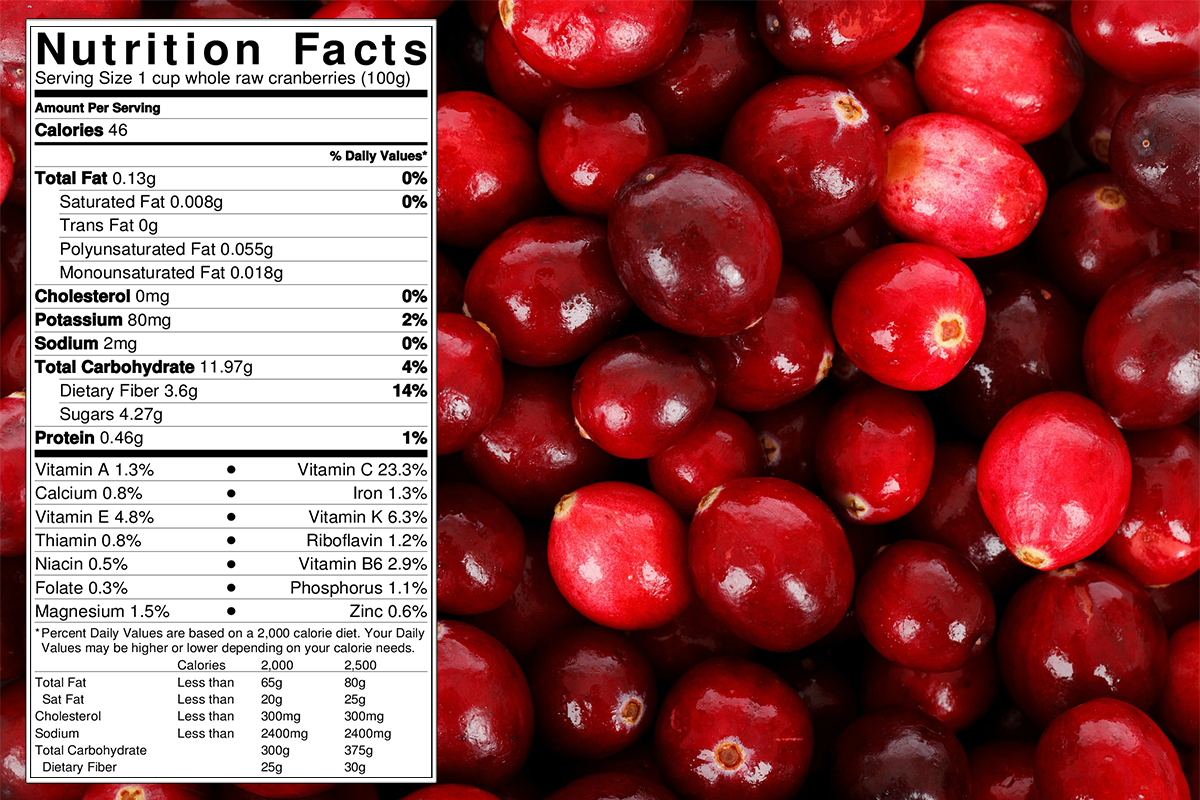Cranberries - native North American fruit perfect for Thanksgiving
TEXARKANA, Ark. –
Cranberries are a native North American fruit and a Thanksgiving staple for many families. Cranberries are potent sources of antioxidants, specifically from a subclass of flavonoids called proanthocyanidins, which are unique to and abundant in cranberries.
Whether you are getting these beneficial antioxidants from cranberry juice cocktail, from fresh, frozen, dried, or as sauce, they are the perfect addition to your diet. In fact, 8 ounces of 25% cranberry juice cocktail provides the amount of antioxidants equivalent to one and one-half cups fresh or frozen cranberries, 1 ounce sweetened dried fruit, or 1/2 cup cranberry sauce.
Health benefits
Cranberries have unique health benefits. They are valued for their ability to help prevent urinary tract infections by preventing E. coli from adhering to the cells that line the urinary tract. In addition, the antioxidants support cardiovascular health and reduce the risk for some cancers. Cranberries are naturally fat-free and have very little sodium, so adding them to a balanced diet is a delicious, refreshing, and nutritious way to meet the recommended servings of fruit daily.
Finding fresh berries
Optimum berries will yield optimum nutrients. Select fresh cranberries that are shiny, plump berries, ranging in color from bright light red to dark red. Discard shriveled berries or those with brown spots.
Unfortunately, finding fresh cranberries out of season can be a challenge, so stock up now and freeze them for up to 9 months. Wash before using but not before freezing. When you are ready to use frozen cranberries, do not thaw; just wash and follow recipe directions.
Fresh cranberries last from 2 weeks to 2 months in the refrigerator. Be sure to sort out the soft ones if you plan to store them for more than a few days. You may substitute sweetened, dried cranberries for fresh or frozen ones in baked recipes.
Cranberries add more than just zip to your meals. They are high in fiber, have just 25 calories per 1/2 cup and provide over 10% of the recommended daily allowance of vitamin C. Fresh cranberries contain no cholesterol, virtually no fat, and very little sodium.
For your free copy of Cranberries for the Holidays, which includes recipes, contact the Miller County Extension Office, 870-779-3609 or visit us in room 215 at the Miller County Courthouse. We're on Facebook and Twitter @MillerCountyFCS.
This is one cranberry salad even picky eaters will enjoy. Make it the day before to save time.
Cranberry Salad Recipe
- 1 (9 ounce) can crushed unsweetened pineapple, juice-packed
- 1 (3 ounce) box sugar-free cherry gelatin
- 1 tablespoon lemon juice
- Sugar substitute equivalent to one-fourth cup sugar
- 3/4 to 1 cup fresh cranberries, chopped
- 1 small can mandarin oranges, drained and chopped fine
- 1 cup chopped celery
- 1/2 cup pecans or other nuts, broken into pieces
- Drain the juice from the pineapple; reserve. Set aside.
- Combine pineapple juice with water to equal 2 cups of liquid.
- Prepare the gelatin according to the directions on the package, using the juice-water mixture for the liquid.
- Once the gelatin has dissolved, stir in the lemon juice. Chill until partially set.
- In a separate bowl, combine the pineapple, sugar substitute, cranberries, orange, celery, and nuts.
- Add this mixture to the partially set gelatin; stir until blended.
- Pour into a large mold or 8 x 8-inch pan. Chill until firm.
Makes 8 servings. Calories 80; Sodium 27mg; Carbohydrates 11g; Dietary Fiber 2g; Protein 1g; Fat 3g.
By Carla Due
County Extension Agent - FCS
The Cooperative Extension Service
U of A System Division of Agriculture
